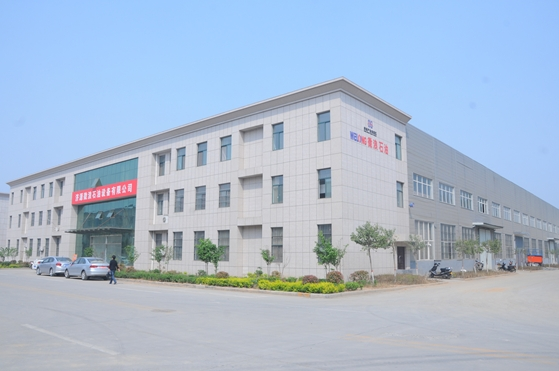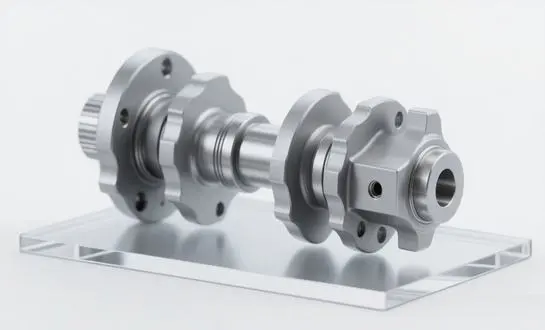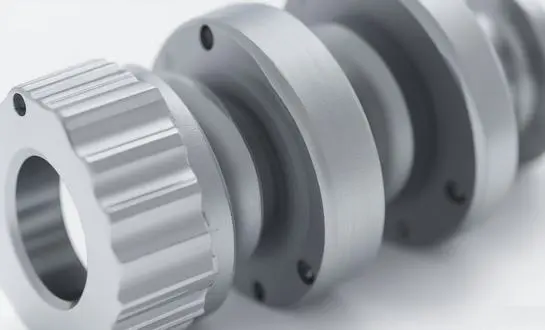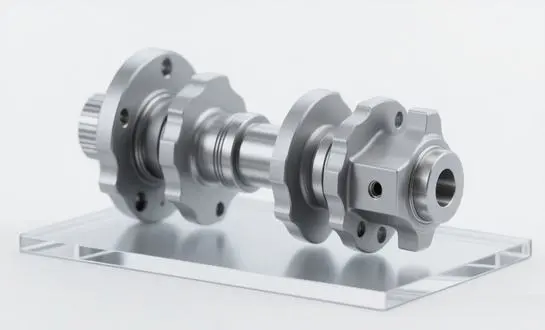Step-by-step: The complete crankshaft forging process explained
Material selection and preparation
The process of manufacturing a forged crankshaft begins with the careful selection of raw materials. High-grade steel alloys are typically chosen for their superior strength, toughness, and resistance to wear. These alloys, often containing elements like chromium, nickel, and molybdenum, are specifically selected to meet the demanding requirements of high-performance crankshafts. Once the material is chosen, it is carefully cut to the required size. To ensure the material is malleable enough for forging, it is preheated to a specific temperature. This heating process improves the steel's workability, making it easier to shape under high pressure during the forging stages. Proper preparation of the raw material is essential, as it sets the stage for producing a crankshaft with the desired mechanical properties and longevity.
Initial forging and shaping
After the material is preheated, it enters the initial forging phase. In this stage, large hydraulic presses apply immense force to shape the heated steel into a rough form that approximates the final crankshaft design. The initial forging process is crucial as it establishes the component's basic geometry and sets the foundation for its internal grain structure. The alignment of the grain flow during this stage is essential for the crankshaft’s strength, durability, and resistance to fatigue. By carefully controlling the force and temperature during initial shaping, manufacturers ensure that the material begins to take on the characteristics necessary for optimal performance under high-stress conditions.
Precision forging and refinement
Following the initial shaping, the crankshaft moves on to the precision forging stage, where it undergoes further refinement. In this critical phase, multiple strikes are applied to the component using specially designed dies, shaping it to its final form with tighter tolerances. The precision forging process ensures that the crankshaft achieves the necessary dimensional accuracy and surface finish. Advanced computer-controlled forging equipment is often used to maintain consistency and precision throughout the process, ensuring that each crankshaft meets strict quality standards. This stage not only refines the component’s shape but also optimizes its mechanical properties, such as tensile strength and fatigue resistance, preparing the crankshaft for its demanding operational role.
Quality control checkpoints in crankshaft forging production
Metallurgical analysis and testing
Metallurgical analysis is a crucial aspect of quality control throughout the forging process. During this phase, the material’s composition and structure are verified to ensure that the right alloy is used for the crankshaft. This includes confirming that the steel contains the proper balance of elements like carbon, chromium, nickel, and molybdenum, which are essential for achieving the desired strength and fatigue resistance. Various forms of non-destructive testing, such as ultrasonic testing and magnetic particle inspections, are employed at different stages to detect any internal flaws, cracks, or inconsistencies within the forged crankshaft. These methods ensure the material integrity and that the final product meets safety and performance standards.
Dimensional and geometric verification
Once the forging process is complete, the crankshaft undergoes precise dimensional and geometric verification. This step involves using advanced metrology equipment to take accurate measurements and ensure the component meets the exact specifications required for its function. Critical features such as journal diameters, pin locations, and overall length are checked to guarantee that they fall within the specified tolerances. Geometric tolerances are also verified to ensure the crankshaft’s balance and alignment are correct. This attention to detail ensures that the crankshaft will function properly within the engine, minimizing the risk of vibration, wear, and failure.
Performance simulation and stress analysis
Before final approval and release into service, the forged crankshaft undergoes virtual performance simulations and stress analysis. Advanced computer modeling techniques are employed to simulate various operating conditions, such as high loads, temperatures, and rotational speeds. These simulations help predict how the crankshaft will behave under real-world conditions and identify any potential issues, such as areas of excessive stress or vibration. By performing this virtual analysis, engineers can make necessary adjustments to the design before the crankshaft is physically tested, ensuring that it will perform optimally and reliably throughout its service life.
Modern vs. traditional crankshaft forging techniques compared
Advancements in forging technology
Modern crankshaft forging techniques have evolved significantly from traditional methods. Today's processes leverage computer-controlled equipment, precision dies, and advanced materials science to produce components with unprecedented accuracy and consistency. These technological advancements have led to improved product quality, reduced manufacturing times, and enhanced cost-efficiency.
Precision and consistency improvements
Traditional forging relied heavily on the skill of individual craftsmen, leading to potential variations in quality. Modern techniques utilize sophisticated process control systems and automated machinery to ensure consistent results across large production runs. This precision translates to better-performing crankshafts with improved balance and durability.
Environmental and efficiency considerations
Contemporary crankshaft forging processes are designed with environmental sustainability in mind. Advanced furnace technologies and optimized material usage reduce energy consumption and waste. Additionally, modern techniques often incorporate recycling and material recovery systems, further minimizing the environmental impact of crankshaft production.
In conclusion, the manufacturing of crankshafts through forging is a sophisticated process that combines advanced technology with metallurgical expertise. This method produces high-quality components essential for the reliable operation of modern engines across various industries. For more information about crankshafts and other oilfield products, please contact us at oiltools15@welongpost.com. Welong is committed to providing top-quality components and integrated supply chain solutions to meet the demanding needs of the oil and gas industry.





